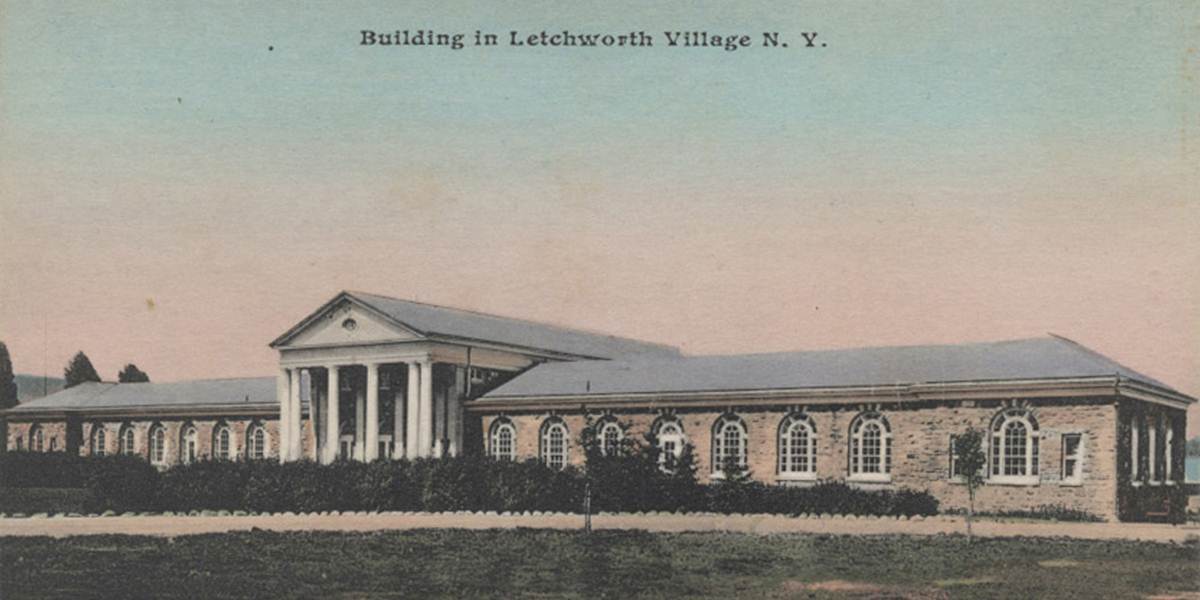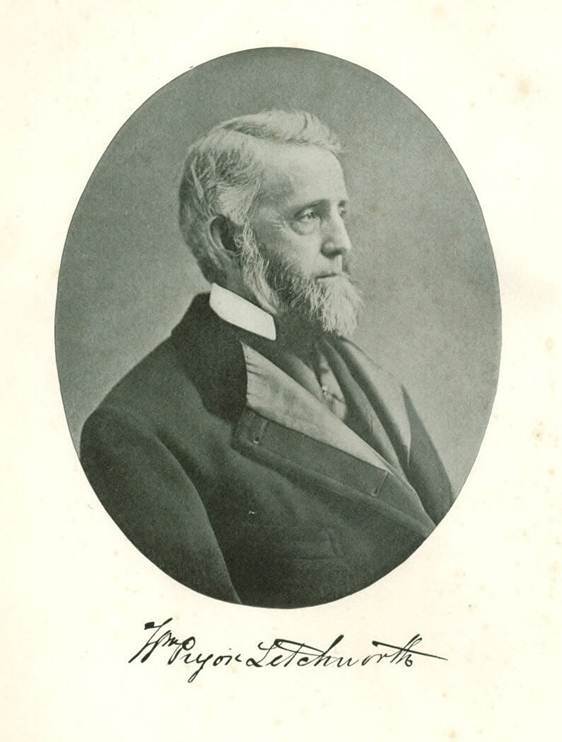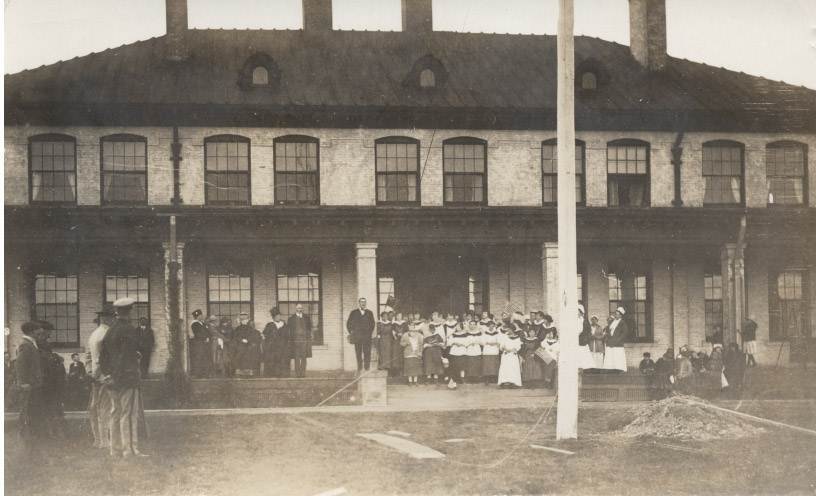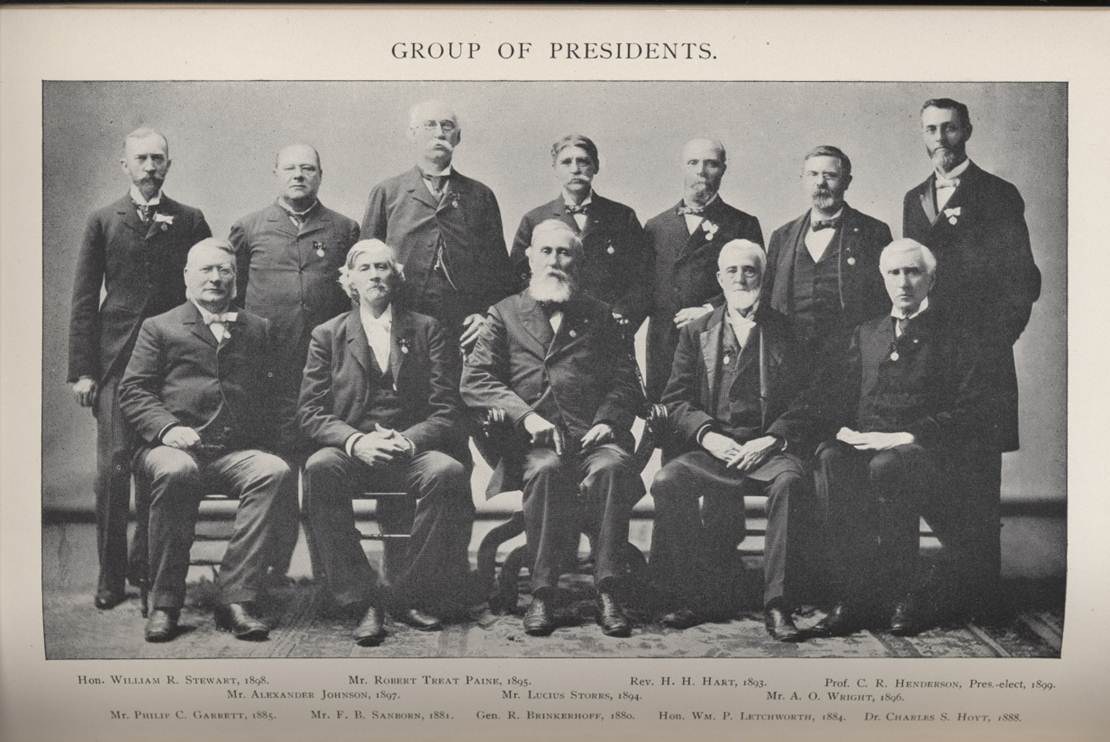
Teaching American History through Cemeteries
Posted June 14, 2012 at 7:00 pm
By Reid Dunlavey, ContributorOn June 4, 2012, I had the opportunity to give a presentation to 25 elementary teachers at Forest Lawn Cemetery. There were five presenters and we all had to use the cemetery as a teaching tool in our presentations. This was not an easy task. My first thought was how or even why would an elementary teacher use death and a cemetery to teach history? After thinking about whom of significance was buried there and if any of those people had any impact on children and society as a whole it became clearer that a cemetery is a good place to teach history.

William Pryor Letchworth (1823-1910) is buried at Forest Lawn and he had a great impact on the lives of children throughout New York while he was alive. Retired at age 50, he spent the rest of his life on philanthropic endeavors specific to kids. Using his own wealth he traveled the state investigating poorhouses, orphanages and other public institutions as a member of the State Board of Charities and Corrections. This led to the passage of the 1875 Children’s Law that resulted in the removal of children between the ages of 3 and 16 form New York’s poorhouses. Many of these children were sent to state run schools, because they had a disability, such as Syracuse State School where they would be provided a proper education.

Letchworth thought his crowning achievement was his effort in getting Craig Colony for Epileptics in Sonyea, New York established. It was the first institution of its kind for people with epilepsy in New York and the second of its kind in the country in 1894. He also influenced the building of Letchworth Village, named after him, that opened in 1910. Both institutions provided education and other services to children and adults with disabilities.


How can we use Letchworth to teach elementary age students? One way is through doing good things for ones community as Letchworth did. He had a direct impact on almost 18,000 children’s lives in New York. Another way is to compare his philanthropy of the late nineteenth century to philanthropy today. Letchworth even had an impact on the conservation of what is today Letchworth State Park. The land that comprises the park was deeded to the state by Letchworth in 1906 so we can also teach conservation through him. One of the best suggestions of the workshop came from a teacher who thought that the cemetery could be a good place to teach children about their communities. It could be used to explain who their town’s leaders were in the past and why streets and public buildings such as schools are named the way they are. While the cemetery was the tool for teaching American history it is the stories of the people who are buried there that provide that history.

Comments
Add a comment